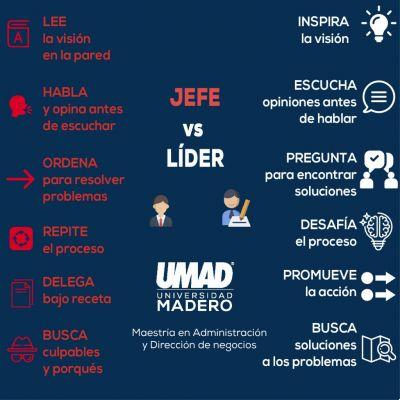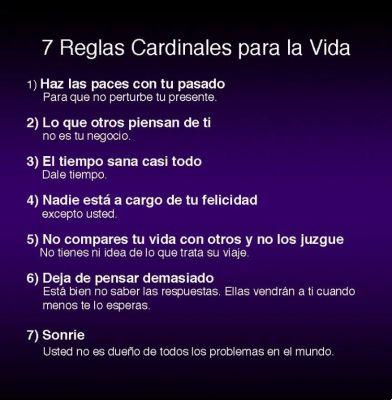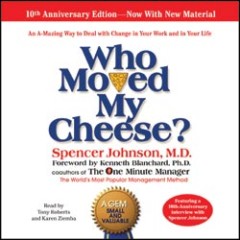The SCORE method is a model designed to help analyze a problem situation in order to find a practical solution. In this way it is possible to set realistic goals to be achieved.

Last update: April 08, 2021
All of us have happened to run into dilemmas or difficulties from which we did not see a way out. And the more we thought about it, the less we saw solutions. The SCORE method is a tool designed specifically for problematic situations. It serves both to visualize possible solutions to problems and to define objectives more clearly.
In some cases, certain decisions are very risky not only for fear of making a mistake, but because the consequences can be very serious. Even the most self-confident people can hesitate, especially when any of the alternatives involve big losses.
The SCORE method is a model that allows you to organize ideas, weigh the situation, visualize the alternatives and determine the ways out. Usually, it applies to professional matters, but it works perfectly well for personal situations as well. Let's see what it is.
“Language is one of the fundamental elements that allows us to build our mental models to see the world. It can exert a huge influence on how we perceive and respond to reality ”.
-Robert Dilts-
The origin of the SCORE method
Let's start by saying that the SCORE method was devised by Robert Dilts, American psychologist and expert in neurolinguistics. Dilts was one of the pioneers of so-called Neurolinguistic Programming, along with Richard Bandler and John Grinder.
The word SCORE corresponds to the acronym of the actions proposed by the model. In English, the original language means: Symptom, Cause, Outcome, Resource, Effect. In Italian, the initials of this acronym have been translated as follows:
- S: symptoms
- C: causes
- O: obiettivo
- R: resources
- E: effects
The meaning of each element
Before understanding how the SCORE method is applied, let's see in more detail what each of its components means. It is advisable to carry out the analysis in the order proposed, and not in any other way. Let's see what each element is about:
- S (symptoms): corresponds to the definition of the problem in terms of symptoms. For example: not being able to pay bills at the end of the month.
- C (cause): it concerns the OBJECTIVE facts underlying the problem. The ideal is to define the immediate cause (present) and the mediated cause (past). For example: we spent the salary on something else; our accounts are not in order.
- O (objective): you define what you WANT to do, not what you should or would recommend. For example: we want to have enough money.
- R (resources): answers the question "what are our tools available to achieve our goal?". They can be internal or external. For example: we could sell the car to pay off debts. Or we have the opportunity to ask for a promotion at work.
- E (effects): we answer the questions: what would we achieve by achieving our goal? What effect would it have on us and those around us? For example: we should spend more on transportation. Or: with a promotion we would have less time for the family.
Apply the SCORE method
Sometimes it is enough to reflect on each of the previous points to find the possible solution to a problem or define a clear goal. On other occasions, even with this analysis doubts remain. In these cases, you need to take one more step to apply the SCORE method correctly
Those who work with this method recommend making it very graphic. In other words, instead of doing the exercise in a notebook, it's better use large sheets to stick to the wall, one for each letter. Neurolinguistic programmers say this disposition helps keep motivation high.
You can also apply this model by placing the sheets on the ground. Make a billboard that says GOALS and stand on top. In front of you you will have cards with each of the letters, and you simply have to take a step to position yourself on the one you want to develop. In this case, it is not necessary to follow the established order and you can go back to each letter as many times as you need.
The purpose of the SCORE method is to set realistic goals. When we know what we really want, ideas and proposals flow. Many times we get confused simply because we don't know what we want.


























